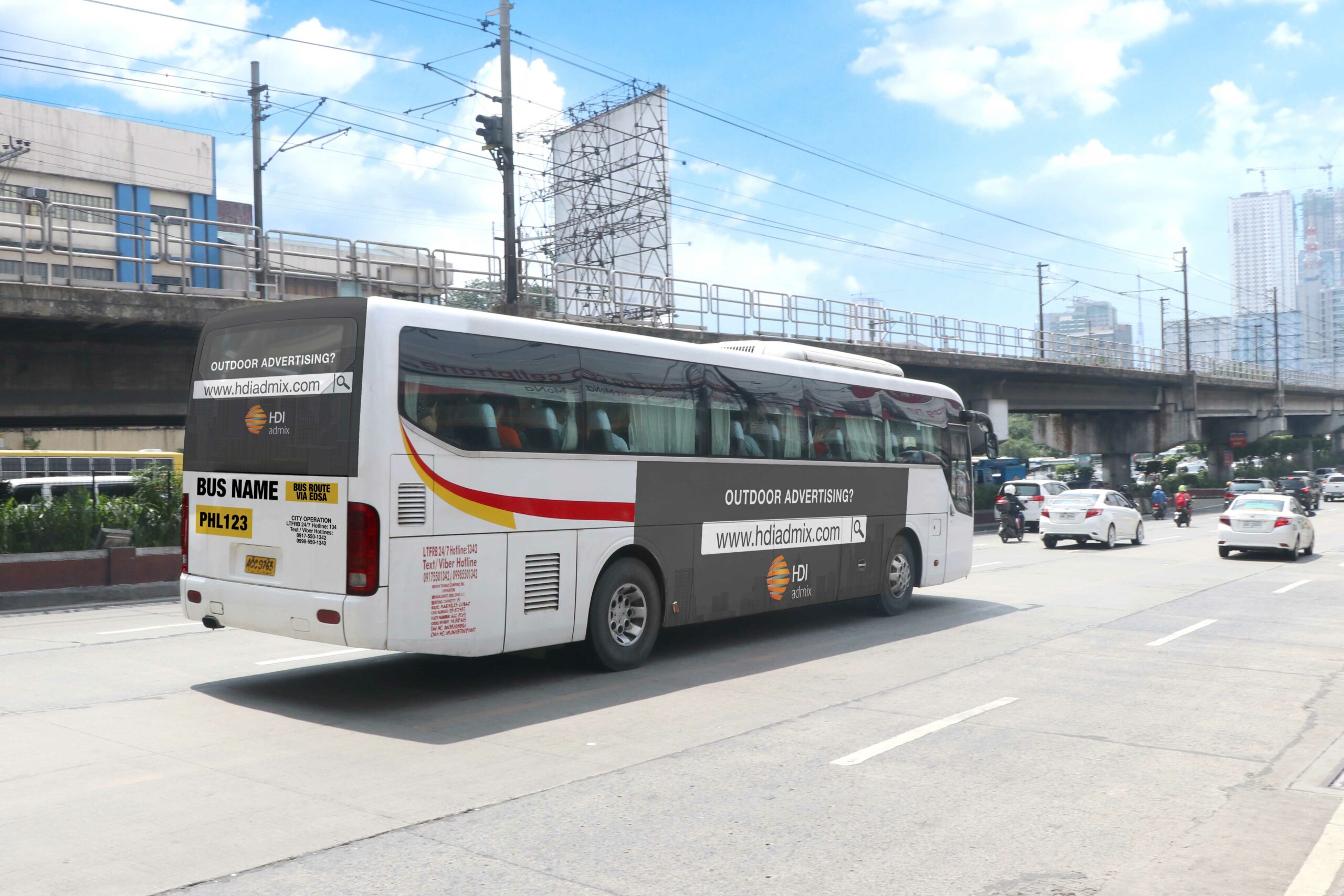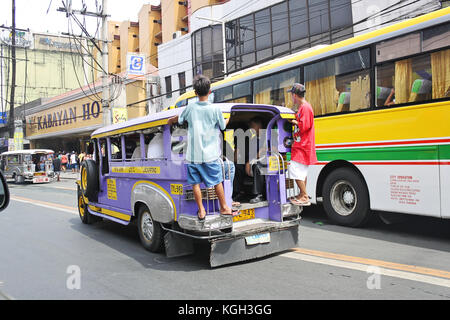Transit Advertising Philippines: Get To Thousands of Commuters Daily
Wiki Article
Exactly How Transportation Marketing Can Change Mass Transit Spaces Into Dynamic Marketing Operatings Systems
Transportation marketing holds considerable capacity to redefine public transport spaces into dynamic advertising systems that educate and engage. As we explore the diverse benefits and evolving approaches of transportation marketing, it raises the concern of how this improvement might redefine our communications with both brands and the city environment.Advantages of Transit Marketing

In addition, transportation advertising is extremely economical compared to conventional media. It enables advertisers to accomplish high impacts at reduced prices, making the most of return on financial investment. The restricted target market of commuters offers an opportunity for brands to convey their messages to people that are commonly receptive during their travel times.
Moreover, the dynamic nature of transportation marketing allows campaigns to be updated often, guaranteeing that messaging remains pertinent and timely. This flexibility can be essential in reacting to market fads or advertising events, keeping the brand top-of-mind for customers. Lastly, the pervasive presence of transportation advertising adds to brand recall; repeated exposure within familiar travel contexts strengthens brand recognition and fosters customer loyalty, inevitably improving and driving sales brand credibility.
Types of Transportation Advertising
Public transport systems supply different formats for advertising and marketing, each providing to various advertising strategies and audience involvement techniques. One prominent kind is outside bus and train covers, which cover the whole lorry and produce a mobile billboard effect, permitting high exposure in urban atmospheres. These wraps can record interest as they traverse busy streets, reaching a diverse target market.Another popular format is interior advertising, that includes posters, electronic displays, and advertisements on transit seats. These positionings involve travelers during their trip, enhancing brand name messaging in a confined room. Digital presents, specifically, provide the benefit of dynamic web content, enabling advertisers to upgrade messages in real-time.
Terminal advertising is additionally substantial, featuring posters, banners, and interactive stands within transit terminals. These advertisements leverage foot traffic and can target certain demographics based on location.
Finally, marketing partnerships with transit authorities can bring about unique campaigns, such as themed transportation experiences or occasions, improving the total interaction with travelers. Each kind of transit marketing uses distinct benefits, allowing brand names to customize their approach to efficiently reach their target audience within the public transport environment.
Engaging Travelers Successfully
Commuters are significantly inundated with advertising and marketing messages during their everyday journeys, making it vital for brands to engage them in ingenious means. To record focus in this jampacked area, advertisers need to focus on imagination and significance. Utilizing distinctive visuals and succinct messaging can significantly improve the chance of engagement.Interactive components, such as QR codes or augmented truth functions, can also change static advertisements right into immersive experiences, fostering a deeper connection with the audience. Brands ought to concentrate on addressing commuters' passions and requirements, tailoring messages to reverberate with their way of living, whether via promos for local businesses or services made to boost their commuting experience.
Additionally, timing plays an important role; purposefully placing advertisements during height commuting hours can take full advantage of exposure and effect. Engaging travelers effectively likewise involves leveraging social media integration, enabling passengers to share their promotions or experiences directly from transportation systems, thereby intensifying brand reach.
Basically, efficient interaction rests on understanding the traveler trip and creating engaging, interactive, and pertinent marketing experiences that not just record interest yet likewise drive activity and commitment. By doing so, brand names can transform mass transit into a vibrant advertising and marketing system that resonates with its audience.

Measuring Advertising And Marketing Effect
Just how can brand names properly examine the effectiveness of their marketing campaigns en route settings? Measuring the influence of transit marketing requires a complex method that integrates qualitative and quantitative metrics. One prevalent technique is tracking involvement via mobile analytics, where brands can assess foot web traffic patterns and app communications in the past, during, and after campaigns.Surveys can offer beneficial understandings into brand name recall and customer sentiment, permitting brands to determine just how well their messages resonate with travelers. In addition, monitoring social networks involvement pertaining to particular campaigns can reveal shifts in public perception and brand discussion.

Furthermore, collaborating with transportation companies check my reference can improve measurement next page precision, as they typically have in-depth group information on ridership fads. By integrating these techniques, brands can develop an extensive understanding of their advertising and marketing performance, guaranteeing that their campaigns not just reach but likewise affect their target market efficiently.
Future Fads in Transit Marketing
A significant shift is anticipated in transit marketing as technical developments and altering consumer habits improve the landscape. Transit Advertising Philippines. The combination of electronic screens and interactive media is expected to enhance interaction, permitting brands to supply dynamic content that reverberates with varied audiences. As mass transit systems welcome clever modern technology, advertisers will certainly utilize real-time information analytics to customize messages based on guest demographics and actionsAdditionally, boosted truth (AR) is poised to change the method travelers interact with advertisements. By giving immersive experiences, AR can transform an ordinary journey right into an engaging story that records interest and promotes brand loyalty. This innovation will likely motivate marketers to produce even more experiential campaigns that drive customer interaction.
Sustainability is another vital fad influencing transportation marketing. As environmental consciousness expands, brand names will increasingly look for to straighten with environment-friendly methods, making use of sustainable products and advertising eco-friendly initiatives within their campaigns.
Final Thought
In final thought, transit advertising and marketing uses significant benefits by enhancing brand visibility and involving a captive audience. As patterns advance, the possibility for innovative interactions between commuters and brand names is positioned to expand, making sure that transportation marketing continues to be an important part of contemporary advertising techniques.Transit advertising holds considerable capacity to redefine public transport spaces into lively advertising systems that inform and engage. The prevalent visibility of transportation marketing adds to brand recall; duplicated direct exposure within acquainted traveling contexts enhances brand understanding and cultivates consumer commitment, eventually boosting and driving sales brand online reputation.
Exactly how can brands accurately assess the effectiveness of their advertising and marketing projects in transit settings?In conclusion, transit marketing supplies considerable benefits by boosting informative post brand presence and engaging a restricted audience. Transit Advertising Philippines. As fads advance, the possibility for cutting-edge interactions in between brand names and travelers is poised to expand, ensuring that transit advertising remains a crucial element of modern marketing approaches
Report this wiki page